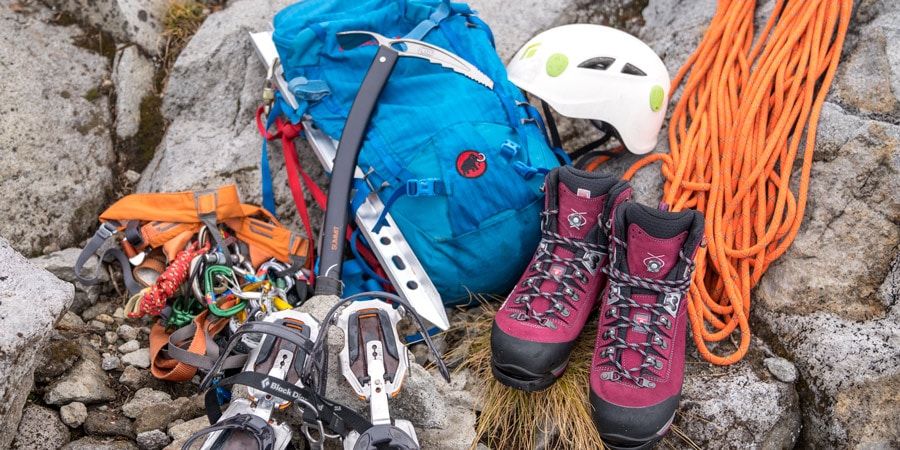Choosing the right hill climbing gear is essential to a successful cycling trip. There are many factors to consider when choosing the right gear. These include cadence, gear ratio, and timing of gear shifts. The right gear for a hill climb will provide a smooth ride and minimize fatigue.
Choosing the right gear for a hill climb
Choosing the right hill climbing gear for a challenge is a critical part of the biking experience. You’ll need to choose the appropriate gear for the terrain, length, and steepness of the climb, as well as the weight of the rider. The best tip for hill climbers is to choose a gear that allows them to shift easily and quickly.
Road bikes have multiple gears that are controlled by shifters located on the handlebar, often next to the brakes. The right shifter controls the chain setting on the rear cassette, while the left shifter shifts the chain between chainrings. While this alliteration is helpful, some bikes only have one shifter.
Choosing the right gear ratio
Choosing the right gear ratio for hill climbing is a complicated process. It depends on the type of cycling you do and your strength and cadence, among other factors. The most common gear combination is 48/17, although there are many other combinations. Other popular options include 49/13 and 46/16. Typically, a 46/17 gear will work well on small to moderate hills. Similarly, a 42/17 gear will work well on mostly flat trails.
When choosing a gear ratio, it is important to keep the bike’s speed in mind. A smaller ratio means your pedaling will be easier, but a higher gear means you’ll be able to go faster. In addition, a higher gear ratio will provide more pedal resistance. It will also increase the number of revolutions the rear tire makes with every crank arm revolution.
Choosing the right cadence
Choosing the right cadence for hill-climbing gear is a key element to achieving efficient climbing. Proper cadence will help you conserve energy while riding your bike and will make your riding more comfortable. Ideally, your cadence should range from seventy to ninety revolutions per minute (rpm). However, the ideal cadence varies from rider to rider, so be sure to consider what works for you.
A higher cadence will be more comfortable for climbers. GC riders and climbers have the highest VO2 max, so it can be a major advantage to have higher cadence. In addition, climbers tend to be less muscular than other riders, so a higher cadence may be more comfortable for them. However, a high-cadence may not be ideal for a climber who wants to exert maximum power for long. Changing your cadence can also help you develop power-generating muscles.
Timely shifting
Successful hill climbing depends on timely shifting of gears. Shifting too early or too late will compromise your momentum and make the climb more difficult. The best approach is to shift when the cadence begins to slow, but not too early, because it is crucial that your chain transfers smoothly. You can achieve this by gently easing pedal pressure while changing gears.
Changing gears is much easier when you are changing from a large to a small chainring. The front derailleur pushes the chain sideways and into the smaller chainring. The rear derailleur then picks up the chain and pushes it upwards. This process is called prospective shifting.
Ape Index
The Ape Index, or the wingspan over height ratio, is an important measurement to look at when selecting the appropriate hill climbing gear. The standard ape index is zero, but there are variations depending on the measurement unit. Generally speaking, a positive ape index is better for climbers.
It is also important to remember that having an Ape Index doesn’t necessarily make you a great climber. Similarly, having a low ape index does not make you a bad climber. Don’t be discouraged by perceived limitations – know your body type and develop it!
An Ape Index higher than one is desirable for most people. For example, the best female climbers in history, Babsi Zangerl, have an ape index of -0.3. A positive ape index means you have a larger wingspan than your height, which will improve your climbing performance. On the other hand, a low ape index is not always beneficial to rock climbing, because your height and wingspan can’t be changed.

